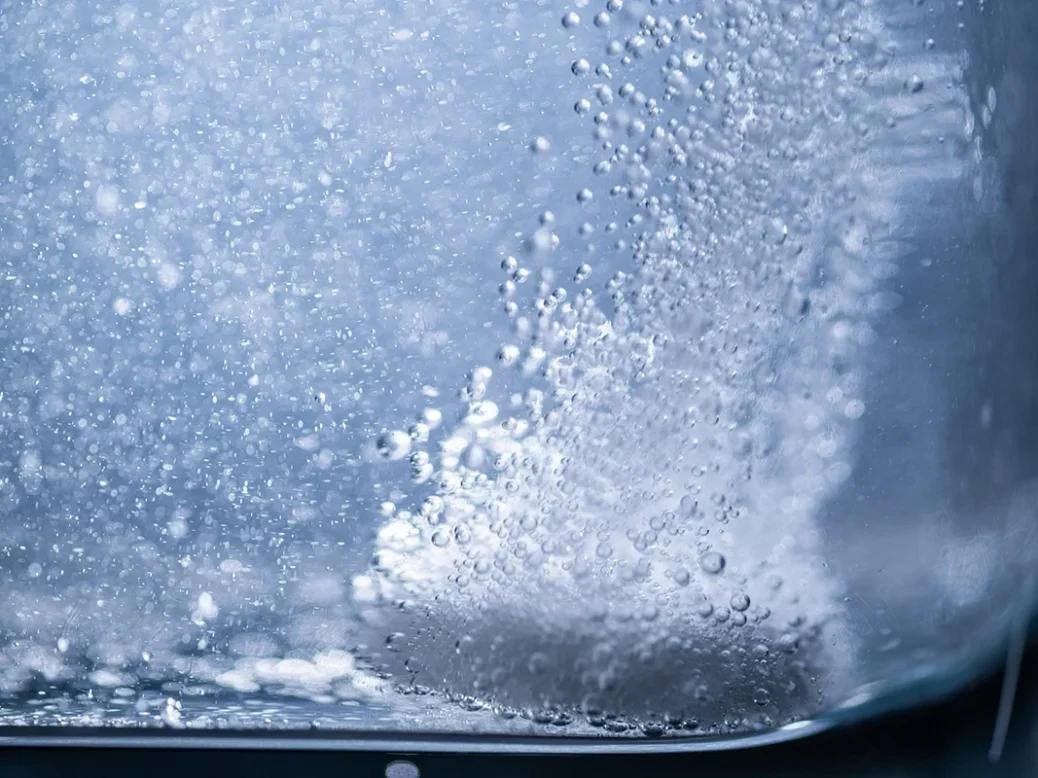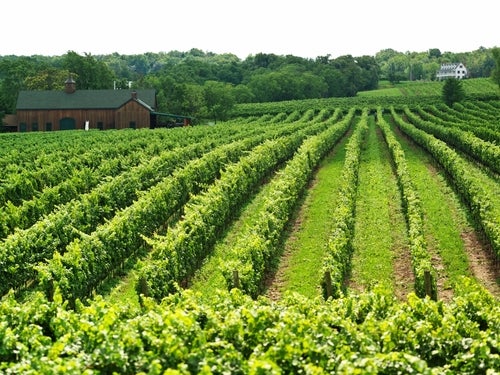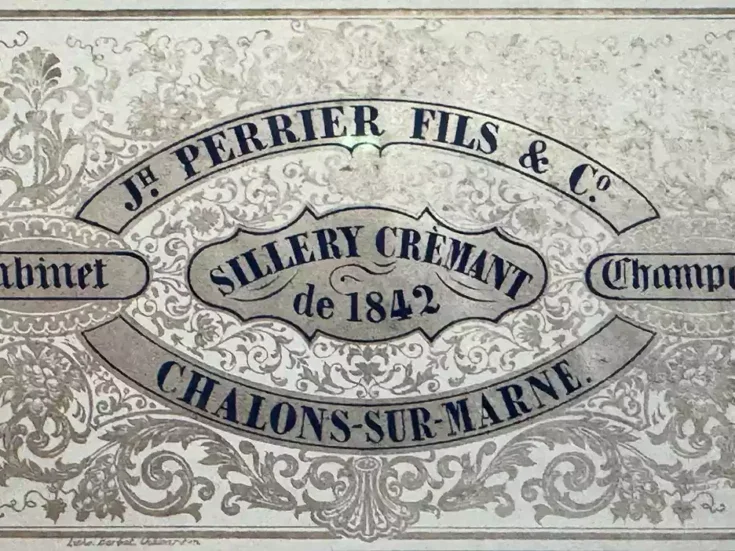
Dr Erik Skovenborg explains the science behind hangovers, and gives his prescription for avoiding or mitigating the morning-after effects of drinking alcohol.
According to George Bernard Shaw, “Alcohol is the anaesthesia by which we endure the operation of life.” Alcohol affects first the functions of the prefrontal cortex, the part of the brain responsible for judgment, reasoning, and suppressing impulsive behavior. That’s why after a few drinks you lose some of your inhibitions and feel more confident venturing out of your comfort zone. People use alcohol as an aid to conviviality, and the early effects make them feel “new.” Since they want to drink, too, the intake is apt to increase and may be excessive.
Hangover susceptibility
A hangover develops when blood alcohol concentration (BAC) returns to zero, and it is characterized by symptoms provoked by having drunk too much (which varies by drinker). The 2010 Alcohol Hangover Research Group consensus paper defined a cutoff BAC of 110 mg of alcohol per 100 ml of blood as a toxicological threshold indicating that sufficient alcohol had been consumed to develop a hangover. The cutoff was based on previous research and applied mostly in studies comprising students. However, a substantial number of participants reported hangovers at comparatively lower BAC levels. Recent research has shown that subjective intoxication—that is, the level of severity of reported drunkenness—and not BAC is the most important determinant of hangover severity.1
To make matters more complicated, the presence and severity of alcohol hangovers are influenced by many factors other than the amount of alcohol:
1. Individual susceptibility to hangovers.
a. Sex: In younger age groups, subjective intoxication and hangover severity are higher in women; however, the sex differences become significantly smaller or absent in the older age groups.
b. Age: With increasing age, drinkers report significantly lower levels of intoxication and experience less severe hangovers correcting for BAC. The results suggest that with increasing age, tolerance develops for both subjective intoxication and the aftereffects of alcohol consumption, in addition to a gradual decline in pain sensitivity.2
c. Psyche: “Wine is only sweet to happy men,” wrote an unhappy John Keats to his sweetheart. An analysis of the relationship between affective states and hangover symptoms found that factors such as guilt about drinking, a neurotic personality, becoming angry or depressed while drinking, and having suffered “negative life events” within the past 12 months were better predictors of symptoms of hangover than the amount of ethanol drunk.3
d. Resistance: A literature review to assess the incidence of hangover suggests that around 23 percent of alcohol drinkers may be resistant to hangover.4
2. Congeners in alcoholic drinks.
Congeners are complex organic substances such as polyphenols that contribute greatly to the aroma and flavor of most alcoholic beverages. Dark drinks, which contain more congeners than light drinks, produce more severe alcohol hangovers. In a study with 20 volunteers, the severity of hangover symptoms declined in the order of brandy, red wine, rum, whisky, white wine, gin, and vodka.5
3. Lack of sleep. Drinking time often goes at the expense of sleep time, and drunkenness is associated with disrupted sleep. Some hangover symptoms are related to sleep duration and quality, and not to the amount of alcohol consumed.6
4. Smoking. The number of cigarettes consumed on the day of a heavy drinking episode (BAC ≥ 110 mg/100 ml) predicted the presence and severity of hangover symptoms the following day, heavier smoking predicting greater hangover.7
Symptoms and signs of hangover
The exact biological mechanisms that produce the symptoms of a hangover after alcohol is eliminated from the body are not well understood, so let’s skip the intriguing hypotheses and go directly to the long list of hangover sufferings:
• loss of appetite and nausea;
• heartburn and sour belching;
• headache and muscle aches;
• fatigue and general malaise;
• dehydration and thirst;
• palpitations and the shakes;
• apathy and drowsiness;
• anxiety and remorse.
How to prevent or cure a hangover
Unfortunately, the search for a hangover cure has always had very limited success. A recent review reveals that the research on hangover cures is so inconclusive that it is difficult to make any legitimate scientific conclusions about what actually works. This is not to say that any “cure” is without merit; rather, the problem is that the quality of the scientific studies on possible hangover treatments is very poor.8 In the absence of a hangover cure with proven efficacy, you are better served with a set of rules first and foremost to prevent hangovers, and another set of rules to mitigate a hangover as backup.
Rules to prevent a hangover:
• Eat a ham-and-cheese sandwich before drinking;
• Drink more water and less alcohol;
• Go slow on dark drinks with congeners;
• Drink a pint of water when you get home, and keep a jug of water on hand through the night;
• Eat a hot dog or burger before bed;
• If headachy, take simple analgesics.
Rules to mitigate a hangover:
• Drink plenty of water, juice, or tea;
• Eat whatever your appetite craves;
• Take a hot shower or a warm bath;
• Go for a long walk, come rain or shine;
• If headachy, take simple analgesics.
Role of water, food, and sleep
A royal water cure has been attributed to Princess Diana. After a Champagne party, prior to retiring, she would prepare a bag of orange segments and mini-bottles of mineral water. She would then drink a liter of water and retire. When she arose during the night to go to the bathroom, she would consume one slice of orange and drink one bottle of the water. This meant that she would have to rise again, an hour or so later, and so on through the night. She would awake with restored blood sugar, detoxified, hydrated, brimming with vitamins, and glowing with health.
The optimum hangover food is mild, nourishing, and easy to digest, like a bowl of tomato soup, mashed potatoes with steamed vegetables, or mature bananas. However, if you are hung over, dizzy, and nauseous, and the only food you crave is a bacon cheeseburger, then trust your stomach feeling and go for the burger. Finally, trust Aristotle: “Patience may be bitter, but its fruit is sweet”; time and sleep are the hangover’s deadliest foes.
Hangover effects: land, sea, air
The Federal Aviation Administration (FAA)’s “Bottle to Throttle” rules for US pilots are clear: They prohibit pilots “flying or attempting to fly an aircraft within eight hours of consuming alcohol or if they have a BAC of 40 mg/100 ml or greater.” (The UK limit is 20 mg/100 ml.) The FAA also states: “Even after the body completely destroys a moderate amount of alcohol, a pilot can still be severely impaired for many hours by a hangover.”
Surveys indicate that most pilots think it is all right to fly four hours after drinking some amount of alcohol; however, a flight simulation test of ten Navy pilots involving a series of precise maneuvers was not reassuring. For the hangover condition, the pilots flew 14 hours after drinking enough alcohol to attain a BAC of 100 mg/100 ml, and their performance was worse on virtually all measures.9
During a hangover, your attention, working memory, and coordination may be impaired, and the ability to perform tasks such as driving a car or operating machinery is reduced. Hangovers are costly to business, too: A recent report by the Institute of Alcohol Studies suggested that the cost of hangover-related reductions in productivity could be as high as £1.4 billion per annum in the UK.10
The poisoned chalice
Binge drinking with pass-outs and heavy hangovers is the most poisoned of chalices, and the stakes are higher than you might suppose. Compared with abstainers, regular moderate alcohol intake is related to reduced all-cause and ischemic heart-disease mortality, while heavy intake will result in increased mortality. The common drinking style in Finland has traditionally been fairly infrequent but acutely heavy consumption, leading to drunkenness and hangovers. The Finnish Kuopio study shows that men who experience frequent hangovers are at more than double the risk of cardiovascular mortality compared with men with fewer hangovers after adjustment for total alcohol consumption.11 In another Finnish study, subjective intoxication (feeling drunk), hangovers, and alcohol-induced pass-outs predicted future alcohol-related hospitalizations or deaths independently of average alcohol intake and of several potential confounders.12
An analysis of data from three independent studies found a positive association between hangover frequency and severity, suggesting that hangover severity increases when hangovers are experienced more frequently and may be driven by sensitization or reverse tolerance to this aspect of alcohol consumption.13 Considering the evidence of frequent hangovers as a potential predictor of increased mortality risk and future alcohol-use disorder, persons with frequent hangovers ought to reconsider their drinking habits. There is nothing wrong, however, with sobriety in moderation, and many wine lovers have found the Mediterranean drinking pattern (regular consumption of wine in moderation with meals) to be a safe and enjoyable drinking habit.
L’Eloge de l’Yvresse
It may be no surprise that L’Eloge de l’Yvresse (“In Praise of Drunkenness”) was written by a French author. It is, however, a bit surreal that said author, Albert-Henri de Sallengre, was just 20 years old when his book was published in 1714. But then, Sallengre had defended his theses in philosophy and law at the University of Leyden three years earlier in 1711. An English translation appeared in 1723, the year the author died of syphilis.
Sallengre covers the whole range of arguments for and against drunkenness, identifying the drinking habits of individuals, classes, and nations and the failed attempts over the centuries to control drunkenness through legislation.
In the final chapters, Sallengre presented rules for getting drunk. “To avoid the disorders that drunkenness might cause, here are some rules that ought to be observed in this important affair of getting drunk; for, according to Pliny, the art of getting drunk has its laws.” These rules are: not too often; in good company; with good wine; at convenient times; to force no one to drink; and not to push drunkenness too far. “One must sometimes unbend the mind. After this manner would we have people use the juice of the grape; that is to go so far as to make our hearts merry, gay, and sprightly, and so as to forget our cares.”
Let’s drink to that.
Notes
1. JC Verster et al, “Sensitivity to Experiencing Alcohol Hangovers: Reconsideration of the 0.11% Blood Alcohol Concentration (BAC) Threshold for Having a Hangover,” Journal of Clinical Medicine 9 (2020), p.179.
2. JC Verster et al, “Alcohol Hangover across the Lifespan: Impact of Sex and Age,” Alcohol Alcohol 56 (2021), pp.589–98.
3. E Harburg et al, “Psychosocial Factors, Alcohol Use and Hangover Signs among Social Drinkers: A Reappraisal,” Journal of Clinical Epidemiology 46 (1993), pp.413–22.
4. J Howland et al, “Are Some Drinkers Resistant to Hangover? A Literature Review,” Current Drug Abuse Reviews 1 (2008), pp.42–46.
5. GLS Pawan, “Alcoholic Drinks and Hangover Effects,” Proceedings of the Nutritional Society 32 (1973), 15A.
6. JC Verster, T Roehrs, “Sleep after an Evening of Heavy Drinking and its Impact on Daytime Sleepiness and Alcohol Hangover Severity,” Sleep and Biological Rhythms 5 (2007), Supplement 1, A18.
7. KM Jackson et al, “Role of Tobacco Smoking in Hangover Symptoms among University Students,” Journal for the Study of Alcohol Drugs 74 (2013), pp.41–49.
8. E Roberts et al, “The Efficacy and Tolerability of Pharmacologically Active Interventions for Alcohol-Induced Hangover Symptomatology: A Systematic Review of the Evidence from Randomised Placebo-Controlled Trials,” Addiction 117 (2022), pp.2157–67.
9. JA Yesavage, VO Leirer, “Hangover Effects on Aircraft Pilots 14 Hours after Alcohol Ingestion: A Preliminary Report,” American Journal of Psychiatry 143 (1986), pp.1546–50.
10. A Bhattacharya, “Financial Headache: The Cost of Workplace Hangovers and Intoxication to the UK Economy,” Institute for Alcohol Studies (London, 2019).
11. J Kauhanen et al, “The Frequent Hangovers and Cardiovascular Mortality in Middle-Aged Men,” Epidemiology 8:3 (1997), pp.10–14.
12. T Paljärvi et al, “Subjective Measures of Binge Drinking and Alcohol-Specific Adverse Health Outcomes: A Prospective Cohort Study,” Addiction 107 (2012), pp.323–30.
13. JC Verster et al, “The Association between Alcohol Hangover Frequency and Severity: Evidence for Reverse Tolerance?” Journal of Clinical Medicine 8 (2019), p.1520.






